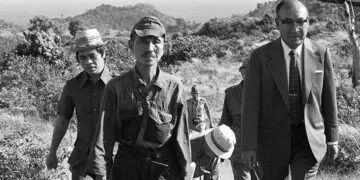Most of what people know of the Yakuza comes from films and TV shows – they’re a ruthless criminal organization based in Japan with cool-looking tattoos.
While all of this may be true, there’s so much more to Japan’s number-one mafia than meets the eye!
We’ve dug deep and found some of the most mind-blowing facts about the Yakuza, so all you need to do is sit back and read all about it!
Being a member of the Yakuza isn’t illegal in Japan.
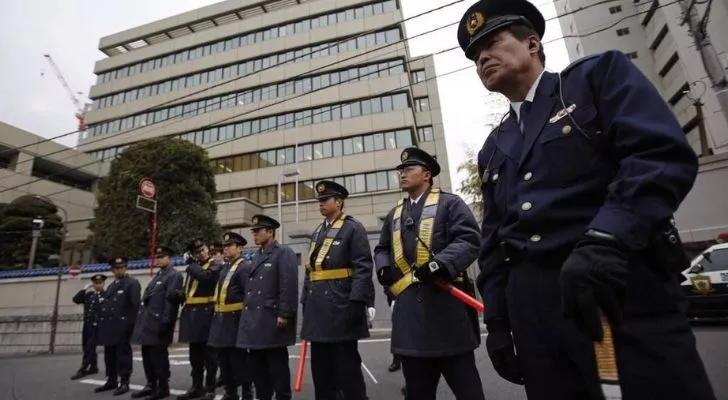
To say that the Yakuza has a complicated relationship with the Japanese police is an understatement.
While any criminal activities they conduct are undoubtedly illegal, simply being a member of the Yakuza isn’t!
In fact, businesses associated with the Yakuza and even the Yakuza headquarters themselves are clearly signposted.
Their name comes from a traditional Japanese card game.
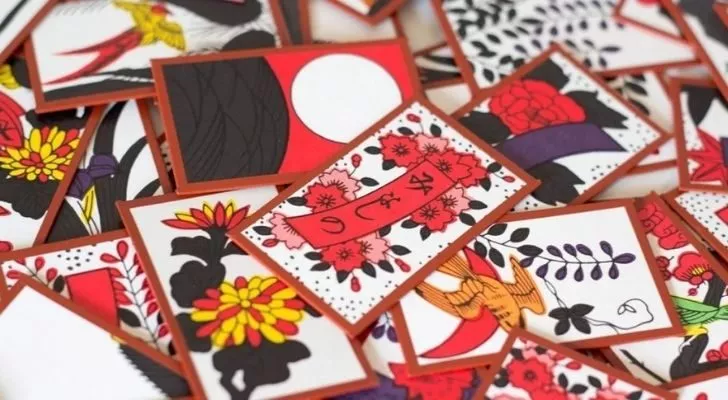
Oichu-Kabu is a simple card game where a player draws three cards to achieve a sum of 9.
If the total of the cards is exactly 10, the score becomes zero.
A score of eight, nine, and three gives the player a score of 20, which also becomes zero – as it is a combination of two tens.
This specific hand is called Ya-Ku-Za (eight-nine-three) and is the worst hand possible.
It’s from this that the Yakuza’s name draws its meaning.
There were two original Yakuza factions.
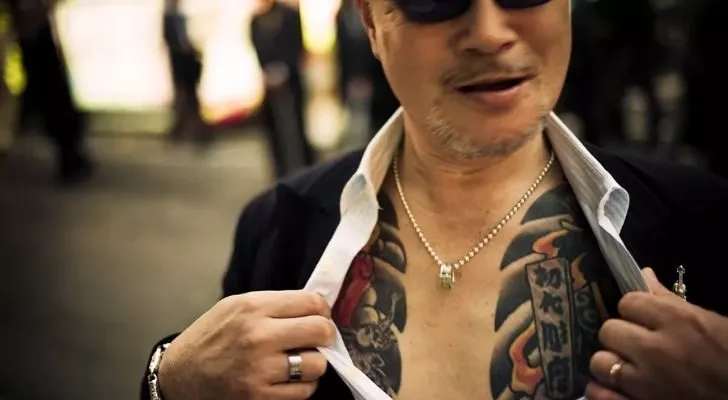
The first, Tekiya, were common street peddlers and some of the lowest ranking members of Japanese society.
In the 17th century, they became organized and gradually shifted into organized crime.
The second group was Bakuto, the gamblers, who were shunned by almost all other members of Japanese society.
They also acted like loan sharks. It’s from the Bakuto that the name Yakuza comes from, as cards were one of their most significant sources of income.
The Yakuza had more than 180,000 members in the 1960s.
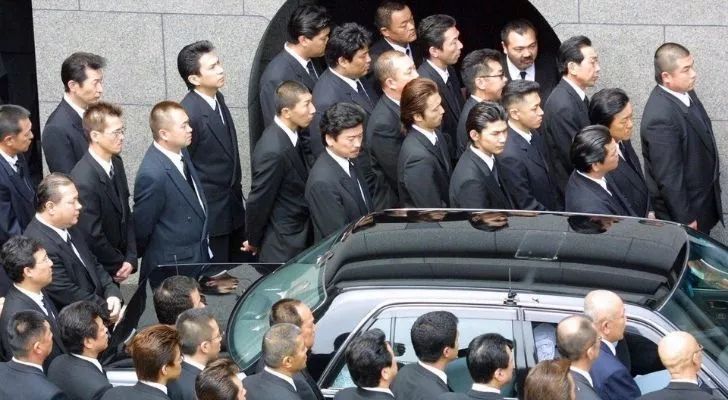
The Yakuza peaked during the post-WWII period, a time when Japan was in absolute shambles.
People back then still believed in the concept of honorable gangsters, and the combination of the two led many of Japan’s youth right onto the Yakuza’s doorstep.
The Yakuza is aging dramatically.
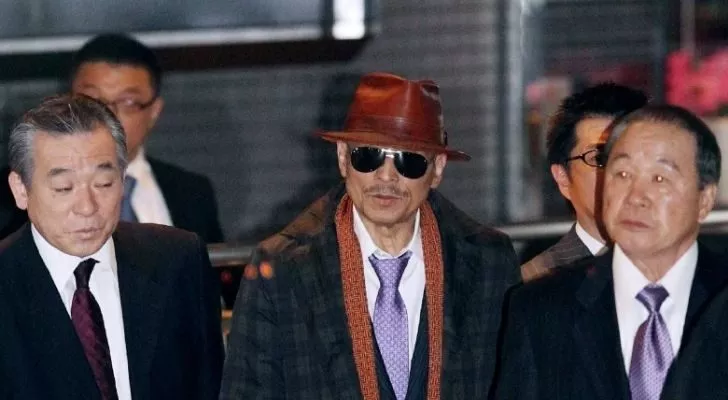
The population of Japan’s average age is increasing significantly year by year, something which even the once-mighty Yakuza can’t escape.
On top of all the other factors causing Japan’s population to age, being a member of the Yakuza is simply becoming less and less desirable to Japan’s youth.
This is mainly due to increased sentences for violent crimes, which now see offenders often spending the rest of their lives in jail.
More than half of today’s Yakuza members are now over 50, with ten percent over the age of 70.
At least one Yakuza faction requires would-be gangsters to complete an exam.
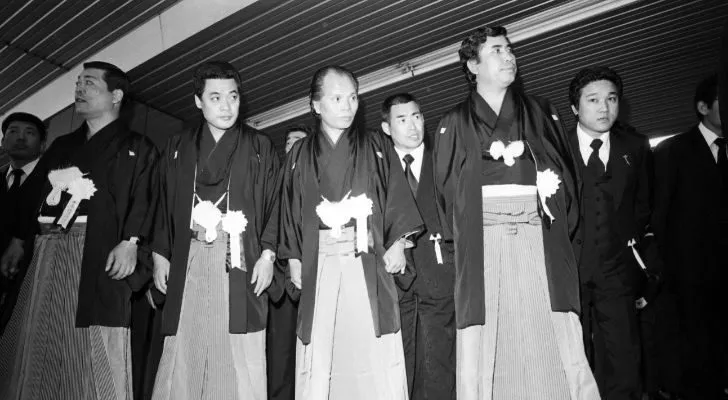
While this seems downright bizarre, it makes perfect sense after Japan introduced laws that made gang bosses liable for the actions of their underlings.
The exam involves at least twelve questions, covering topics on what actions are and are not punishable by law, the sentences and fines associated with them, and so on.
It’s enforced by Yamaguchi-gumi, the largest remaining Yakuza faction.
Yakuza members’ tattoos are all done by a Japanese form of “stick and poke”.
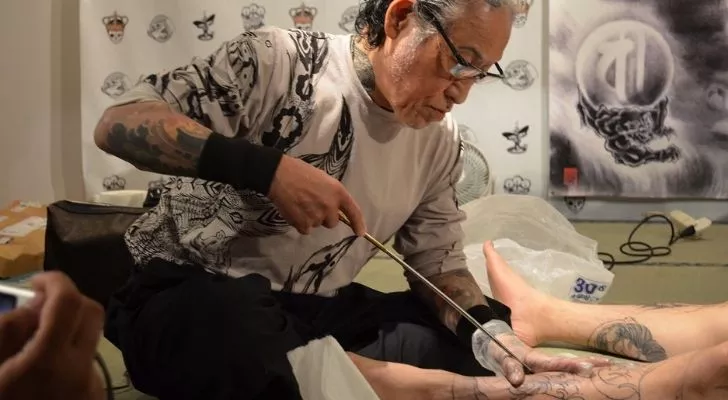
Yakuza tattoos are nearly always based on some form of Japanese culture or mythology, but there’s a lot more to their meaning than meets the eye.
For the Yakuza, getting a tattoo is a sign of commitment; the more tattooed you are, the more committed you are.
Yakuza don’t show off their tattoos to just anyone, though.
They would cover them up as much as possible while going about their day.
If a Yakuza member messes up badly enough, they have to cut the tip of their little finger off.
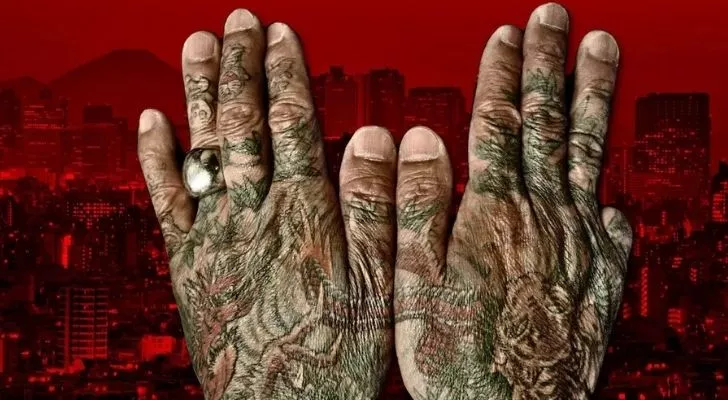
The process, called Yubitsume, literally translates into “finger-shortening” and has been practiced by the Yakuza since its foundation.
The origins of Yubitsume go back to the days when Japanese people regularly used swords, and the process meant a great deal more than as the little finger is crucial for maintaining a grip on a Japanese sword.
Without your little finger, you symbolically and literally placed yourself at the mercy of your mob boss.
Still, repeat offenders are common, with another joint removed with each offense.
What’s really most fascinating about the Yakuza is that it’s only in more modern times during the Yakuza’s decline that we know the most about them!
While it will, of course, be a good day when the Yakuza is no more, Japan simply won’t be the same anymore.



